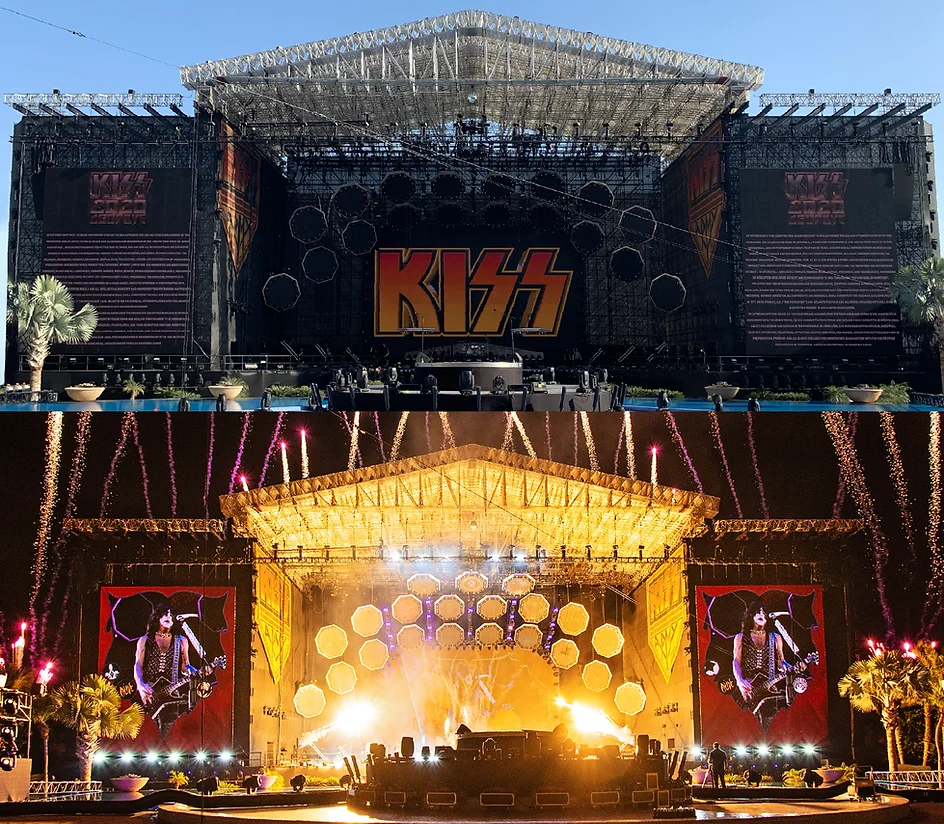
Selecting The Right Size And Configuration For Your Portable Stage
Portable stages are a popular choice for event organizers, schools, churches and other organizations that need temporary platforms for performances, presentations or other activities. They offer the flexibility of being able to be set up quickly and easily in different locations, without compromising on stability and safety.
Venue size and layout:
The first consideration when selecting a portable stage rental is the size and layout of your event venue. Measure the available space carefully to determine the maximum dimensions your stage can occupy without overcrowding or obstructing other areas of the venue. Consider factors such as ceiling height, room dimensions, and any architectural features or obstacles that may impact stage placement.
Audience capacity and viewing angles:
The size of your audience and their viewing angles are crucial factors in determining the appropriate stage size and configuration. Ensure that the stage is large enough to accommodate performers comfortably while providing optimal visibility for audience members seated or standing at various distances from the stage. Consider the sightlines from different vantage points within the venue to ensure all attendees have a clear view of the stage.
Event type and purpose:
The type and purpose of your event will also influence the size and configuration of the portable stage. For example, a small presentation or panel discussion may require a modest-sized stage, while a live concert or theatrical performance may necessitate a larger stage with additional space for equipment, props, and performers. Consider the specific needs and requirements of your event when determining the appropriate stage size and layout.
Performers and equipment:
Take into account the number of performers, speakers, and musicians who will be using the stage, as well as any equipment or props they will require. Ensure that the stage is large enough to accommodate all performers comfortably and provide adequate space for movement and interaction. Consider factors such as microphone placement, instrument setup, and stage entrances and exits when configuring the stage layout.
Accessibility and safety:
Accessibility and safety should be top priorities when selecting a portable stage size and configuration. Ensure that the stage meets all relevant safety standards and regulations, including weight capacity, stability, and structural integrity. Provide sufficient space around the stage for wheelchair access, emergency exits, and crowd control measures. Incorporate handrails, guardrails, and non-slip surfaces to minimize the risk of accidents or injuries during the event.

